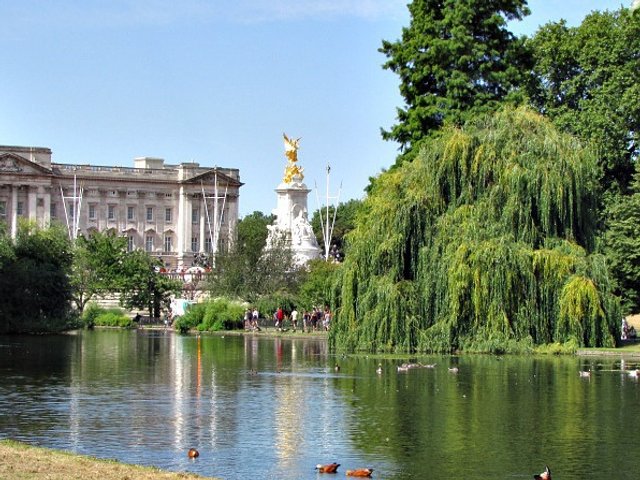This new collection of essays addresses Sir John Vanbrugh’s contribution to the development of the 18th-century garden. It promises, in the process, to inaugurate a fresh understanding of his role in defining the architectural idiom of the period. Robert Williams considers Vanbrugh’s interest in fortified gardens, as exemplified at Seaton Delaval and Sacombe Park, while Giles Worsley examines the relationship between Vanbrugh, Hawksmoor, and William Kent. Timothy Mowl argues that Vanbrugh’s architectural projects were influenced by the period’s rampant antiquarianism, and Judith Roberts discusses the implications of new technology for the development of the water garden. Perhaps the most interesting contribution, though, is the second of Robert Williams’s two essays, in which he considers the significance of the 15 months Vanbrugh spent working for the East India Company. Dr Williams’s is the most intriguing contribution to this collection, which, though occasionally rather workmanlike, should serve as a handsome reminder of the complexity of Vanbrugh’s work.
Christopher Ridgway and Robert Williams (eds), Sir John Vanburgh and landscape architecture: art and design in baroque England, 1690-1730 (Sutton Publishing in association with the National Trust, Stroud, 2000), 256 pp, 160 b/w ills, £25 (hb) ISBN 0750921900


